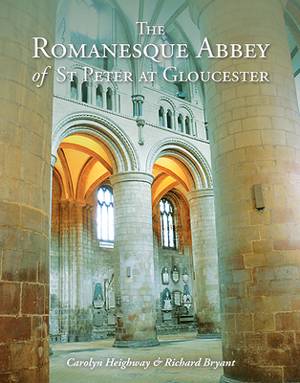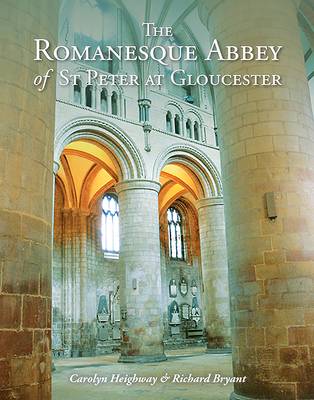
- Afhalen na 1 uur in een winkel met voorraad
- Gratis thuislevering in België vanaf € 30
- Ruim aanbod met 7 miljoen producten
- Afhalen na 1 uur in een winkel met voorraad
- Gratis thuislevering in België vanaf € 30
- Ruim aanbod met 7 miljoen producten
Zoeken
€ 41,95
+ 83 punten
Omschrijving
This book was inspired by the records made by Carolyn Heighway during the thirty years when she was archaeological consultant at Gloucester Cathedral. The survival of so much of the abbey of 1089 is remarkable, and often not appreciated by the casual visitor since it is ingeniously overlaid by Gothic alterations. Since 2000, surveys have been produced which enable accurate plans and elevations to be made which clarify the late 11th and early 12th century appearance of the building; deductions have also been made from archaeological observations. Since there are almost no documents for the abbey before the 15th century which relate to construction matters, the building itself is primary evidence, and archaeology is an important element. The book is lavishly illustrated with photographs, plans and measured drawings including accurate reconstructions; comparative scale plans of Worcester and Tewkesbury are also included. The late 11th-12th century church is described in detail, along with the surviving claustral buildings. There is a chapter on polychromy and on the surviving 11th-12th century sculpture, and a full bibliography. The whole is set in context by Malcolm Thurlby, who comments on the wider sources and associations.
Specificaties
Betrokkenen
- Auteur(s):
- Uitgeverij:
Inhoud
- Aantal bladzijden:
- 128
- Taal:
- Engels
Eigenschappen
- Productcode (EAN):
- 9781789254143
- Verschijningsdatum:
- 27/12/2019
- Uitvoering:
- Paperback
- Formaat:
- Trade paperback (VS)
- Afmetingen:
- 218 mm x 279 mm
- Gewicht:
- 453 g

Alleen bij Standaard Boekhandel
+ 83 punten op je klantenkaart van Standaard Boekhandel
Beoordelingen
We publiceren alleen reviews die voldoen aan de voorwaarden voor reviews. Bekijk onze voorwaarden voor reviews.











